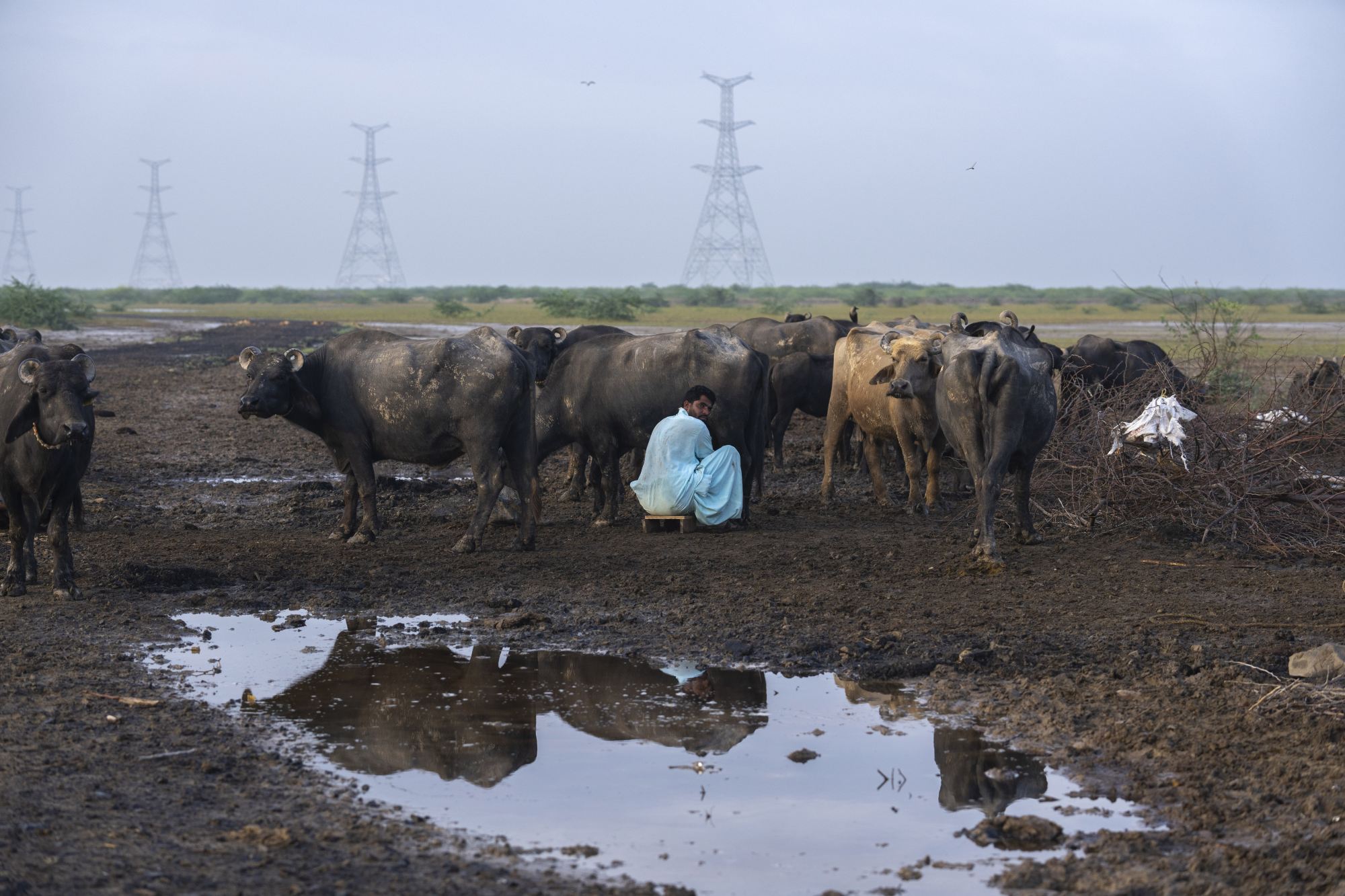RK Singh, the federal minister for new and renewable energy, on Monday said the government had earmarked a whopping 9.65 trillion rupees (US$116 billion) towards the sector over the next few years.
Can Red Sea attacks speed up Southeast Asia’s clean energy transition?
Can Red Sea attacks speed up Southeast Asia’s clean energy transition?
What underscores this series of investments is the substantial financial commitment to renewable energy efforts. With an insatiable appetite for energy across industries, India has been fortifying its renewable energy systems, aligning with ambitious goals to reduce carbon emissions.
Vibhuti Garg, an energy economist and South Asia director at the Institute for Energy Economics and Financial Analysis said: “For the past two or three years, the investment climate has been very favourable, resulting in a significant uptick in market investment.”
According to government figures, the renewable energy sector attracted more than US$6.1 billion in foreign direct investment between April 2020 and September 2023.
“Private capital will not come in unless they feel their risk-return profile is favourable. The government recognises the challenges in renewable energy deployment and has initiated various schemes like the PLI (Production-Linked Incentive) scheme to boost investment,” Garg added. “This has instilled confidence in investors that the government is actively supporting the sector.”

Ambitious goals
In November 2021, Prime Minister Narendra Modi’s government pledged that India would achieve net-zero emissions by 2070. The government also committed to achieving at least half of its energy requirements from renewable sources by 2030.
Various schemes and policy adjustments have been introduced to bolster this commitment, with a focus on reinforcing the renewable energy sector.
While coal remains the primary energy source, greener sources such as wind, solar, hydropower and biofuel are gaining traction. Currently, non-fossil sources contribute around 43 per cent of the total energy portfolio for the country’s power consumption, a number that has steadily risen in recent years.
In January last year, the central government unveiled the National Green Energy Mission, aiming to make India the “global hub for the production, usage and export of green hydrogen”. This scheme was supported by an initial government outlay of over US$2 billion.
The government is also placing significant bets on evolving technologies in energy storage systems.
Moving the coal posts: China and India’s uneasy green transition
Moving the coal posts: China and India’s uneasy green transition
Multiple research reports released in the past six months forecast enormous investment opportunities in the renewable energy sector. For instance, a report by Ernst & Young and the Confederation of Indian Industry published in October estimated India’s renewable energy sector’s cumulative investment potential to be more than US$240 billion.
Addressing challenges
While progress is evident, some challenges persist. Issues such as the financial health of state-run distribution companies, or discoms, in India have been addressed in the past two years due to various subsidies and free power supply schemes. The loss margin among the discoms was at 24 per cent in 2014 but gradually decreased to 14 per cent in the last year.
However, concerns regarding the strength of transmission infrastructure and the financial losses of discoms remain.
Kapil Bansal, a partner at Ernst & Young India focusing on energy transition and decarbonisation, said the potential challenges to investors’ confidence include “land acquisition, constant technological advancement, upfront costs without subsidy, and infrastructure constraints”.
He suggested that policy initiatives such as tax credits and investment-based incentives for other renewable sources like wind were crucial to addressing these challenges and propelling further growth in the overall energy sector in the coming years.

Challenging China in solar PV sector
Heymi Bahar, a senior energy analyst at the International Energy Agency, noted: “From our analysis, India is placed as either the third or fourth-largest country in terms of attracting investment into renewable energy.”
Policies such as the competitive auction scheme, government tenders with more clarity and competitive prices provided a robust framework for the industry to grow, he added.
Bahar pointed out that India was well placed to challenge China in the manufacturing of solar panels. “India is the second-largest [recipient of] investment after China for the solar photovoltaic (PV) manufacturing sector. This is extremely important because China is super advanced in this area,” Bahar said.
India’s solar PV manufacturing sector has witnessed substantial investments, supported by a clear policy framework and regulatory approvals.
“These are made-in-India solar PV panels, not just assembled in India. India will not only supply the domestic demand but also will export. We’ll see, in the next two to three years, India becoming the largest competitor of China in solar panel manufacturing,” Bahar predicted.

